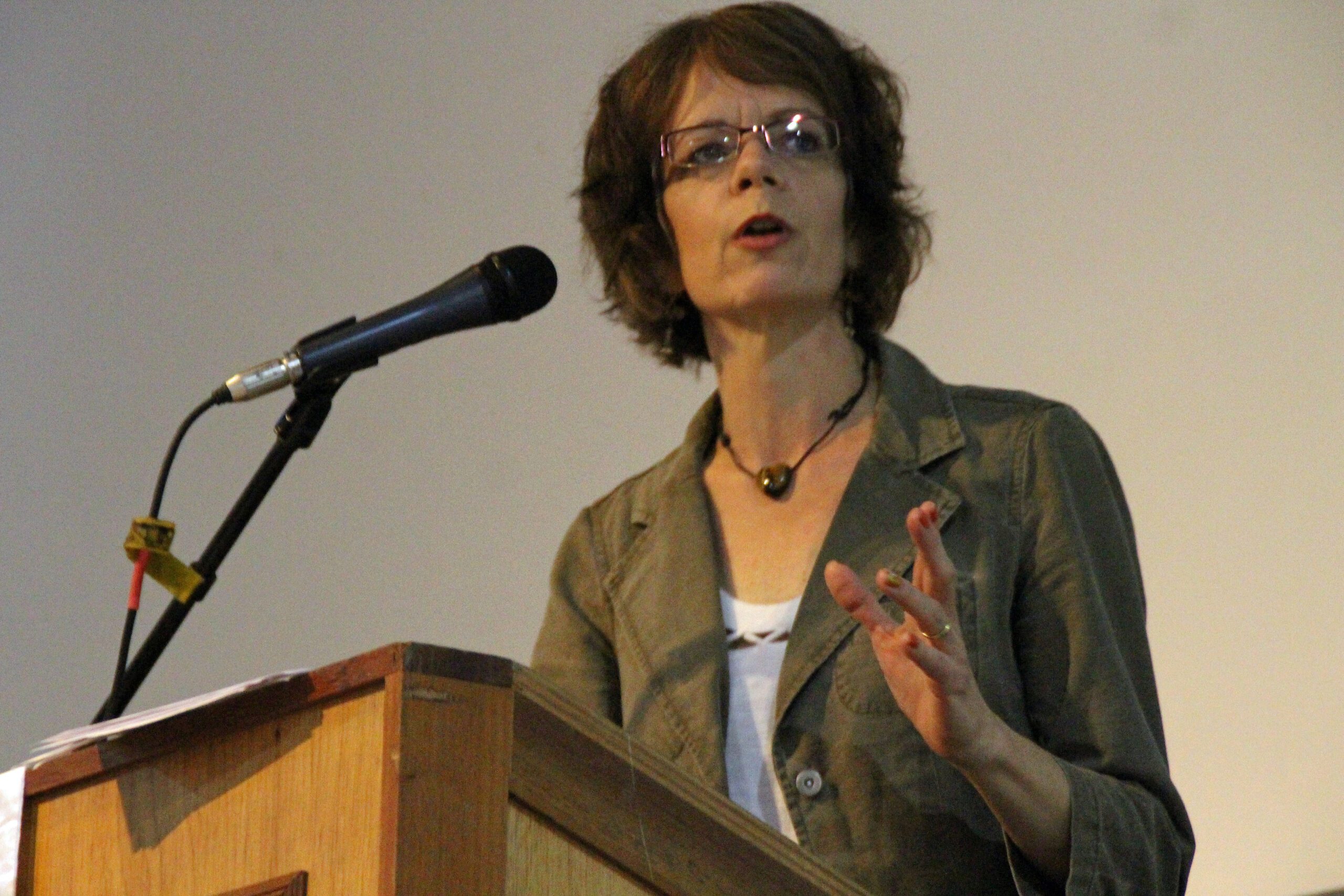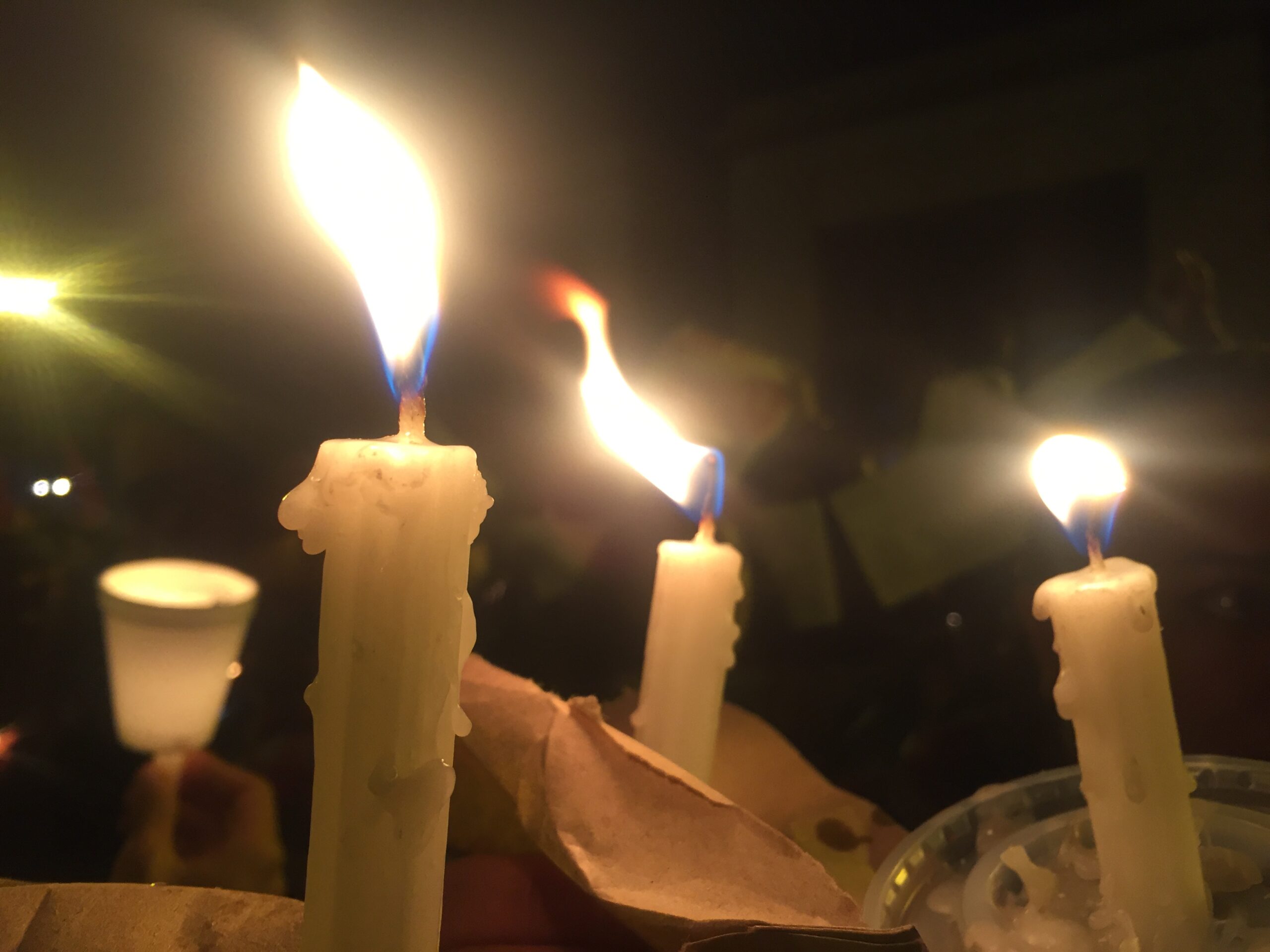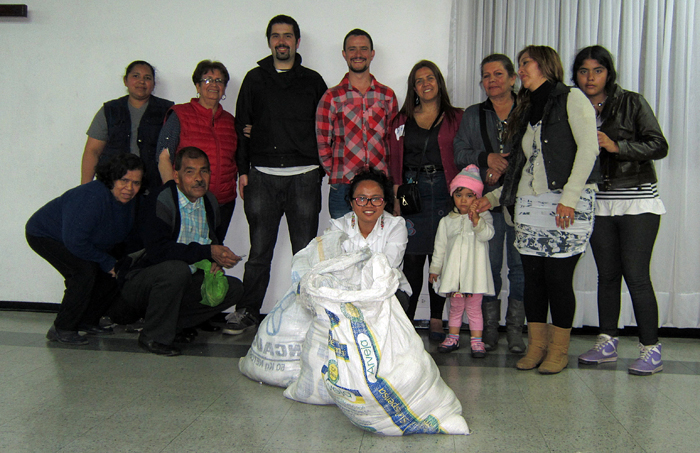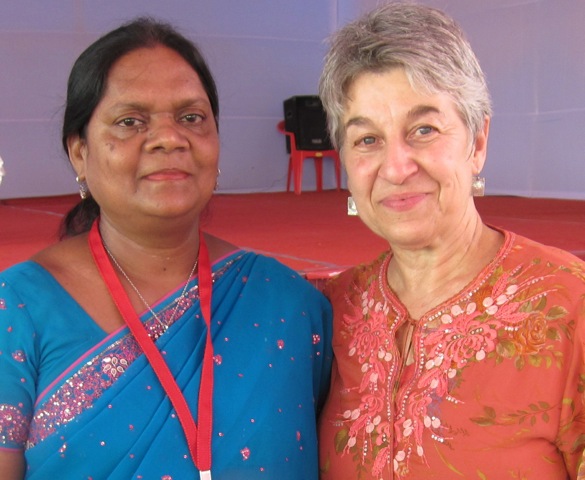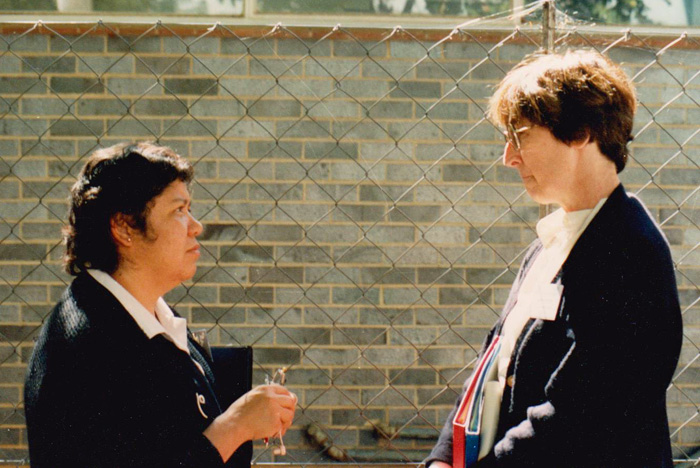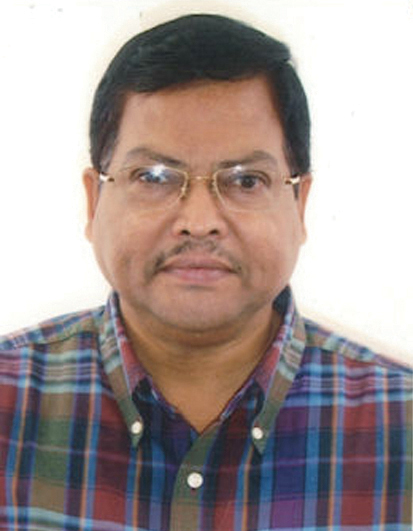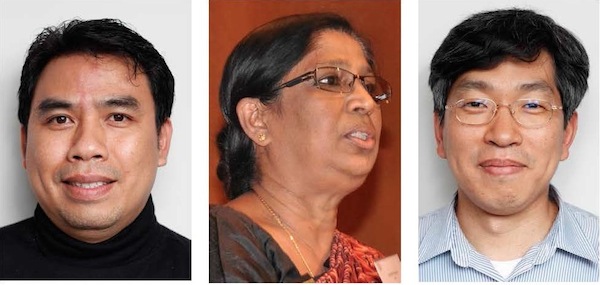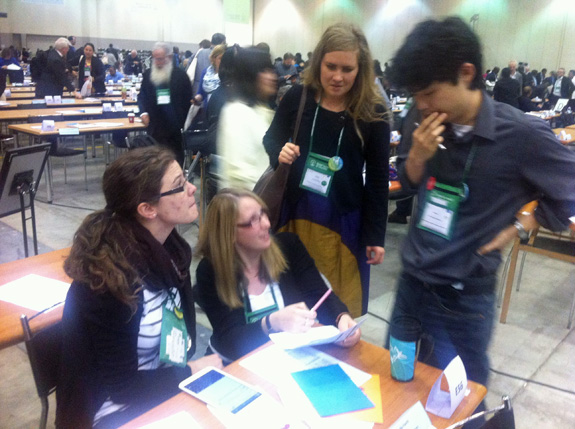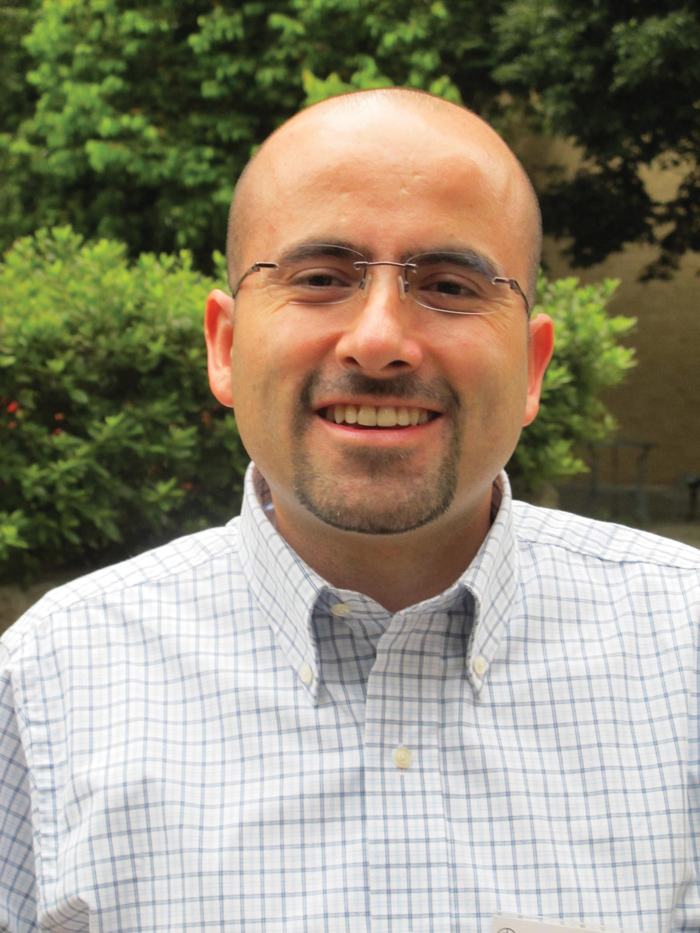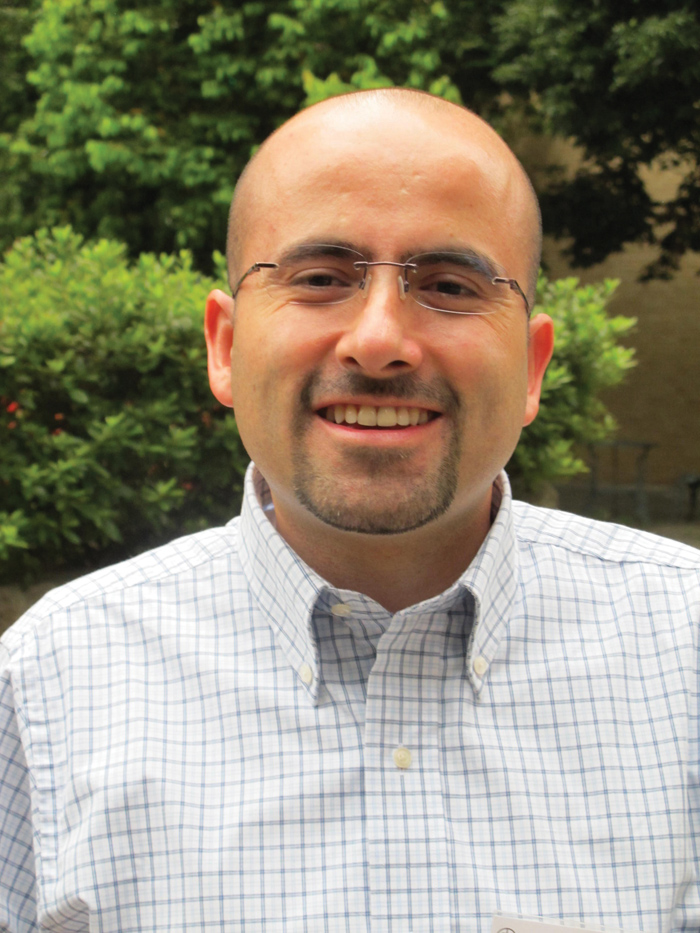-
Unity and Peace: 1 Corinthians 1:10-28
The following is the sermon shared by MWC Vice President, Janet Plenert (Canada), at the Joint Anabaptist Worship Service in Bogotá, Colombia on 18 May, 2014. This united service involved people from all three Anabaptist national churches in Colombia: Iglesia Cristiana Menonita (Mennonite), Iglesia Hermandad en Cristo (Brethren in Christ), and Iglesias Hermanos Menonitas (Mennonite…
-
Sharing the MWC Shared Convictions in Canada
Our brothers and sisters of Valleyview Mennonite Church in London, Ontario, Canada, created a PowerPoint presentation of the MWC Shared Convictions for an observance of World Fellowship Sunday in January 2014. See a PDF of the Shared Convictions Presentation here. How has your congregation shared the MWC Shared Convictions?
-
My experience of culture shock from Indonesia to Colombia
My name is Rut Arsari Christy and I am from Indonesia. In my home country, I attend a Mennonite church called GITJ Kelet, part of the Mennonite World Conference member church Gereja Injili di Tanah Jawa. The influence of the Dutch’s culture and religion are quite strong, because Indonesia was colonized by the Dutch. There…
-
Sharing the MWC Shared Convictions in USA
Our brothers and sisters of College Community Church Mennonite Brethren, in Clovis, California, USA have found a creative way to use the MWC Shared Convictions in their congregation on the Sundays following Easter 2014. Pastor Bill Braun, adapted the Shared Convictions, along with other resources, to create a responsive reading to use in their worship…
-
Sister Care shared globally
United States – What began as a seminar for women in the United States has now been shared in Asia and Latin America with additional invitations received from Kenya and Trinidad. Sister Care is a Mennonite Women USA (MW USA) sponsored program that equips women to continue their own healing journey, to identify God’s grace…
-
Memories of Mennonite World Conference
On 18 January 2014 our sister Leonor Méndez rested in the peace of the Lord. This Latin American leader of Guatemala served on the Mennonite World Conference Executive Committee during the 1990s. In the following piece she left us some experiences of her time with Mennonite World Conference. It is our prayer that God will…
-
A Mission Modeled on Christ
Economic Inequality: Exploring our shared commitment to pursuing shalom As a global communion of Anabaptist-related churches, we share a common commitment to pursuing shalom. In this pursuit, we believe in seeking justice and sharing our resources, be they material, financial or spiritual. Yet our tremendous diversity means that we carry out this commitment in very…
-
MWC Regional Representatives appointed for Asia
Bogotá, Colombia – Mennonite World Conference has appointed three Regional Representatives to nurture relations with member and associate member churches in Asia and the Pacific. The representatives are to begin September 1. The announcement was made by MWC General Secretary, César García. “Having persons like this to help connect member churches in a widespread region,”…
-
Pilgrimage of Justice and Peace – Reflecting on Mennonite contributions to the Global Ecumenical Movement
Mobility and flexibility are necessary in today’s world for many young people: university in another city, intercultural encounters during travels, broadening one’s own horizons. And somewhere between all of this there is this “Mennoniteness” that shapes part of who you are. These experiences perfectly describe my reality. Coming from a small town, and an even…
-
MWC Commissions Meetings
Meeting of the 4 MWC Commissions in the Netherlands: Deacons, Faith and Life, Mission, and Peace .
-
A Foretaste of Heaven on Earth
The last few weeks of August were hectic ones for Mennonite World Conference! We produced hundreds of documents to support visa application procedures for several of our members. Our Deacons Commission organized a delegation from five continental regions for a fraternal visit to the churches in Angola. Our board members planned their meeting in Zimbabwe…
-
Called to be a Global Communion
Some years ago a woman with a foreign accent – a friend of mine – knocked on the door of one of our churches in Bogotá. That church’s pastor – another friend of mine – opened the door. The woman was evangelizing that neighborhood and started to talk with my friend without knowing about his…
